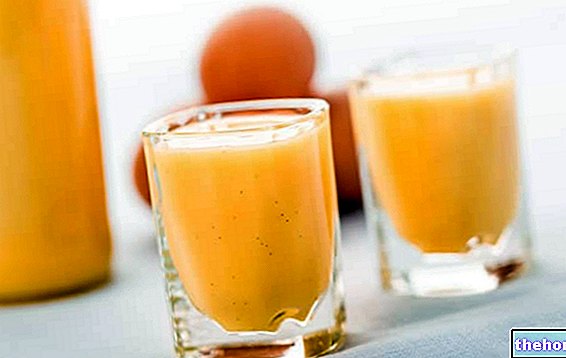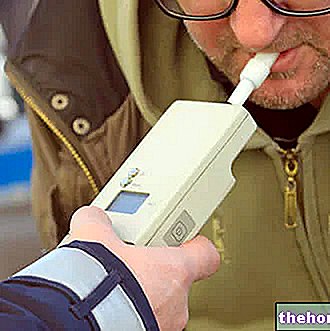Effects on the Organism
The effect of alcohol intake has repercussions on the brain, as the alcohol absorbed by intestinal tissues enters the blood and from this is transported directly to the brain, altering its normal mechanisms, such as hearing, seeing, reasoning, and in general all those operations that we normally carry out mechanically without thinking that they can "betray us"!

Alcholemia Values and Effects
What still many do not understand is that even small quantities of alcohol alter all the mechanisms of action of our being alive; let's see in detail the effects on driving, as a function of the progressive increase in the alcohol content:
- 0.2 g / L: increases the tendency to act recklessly since the reflexes are slightly disturbed by virtue of a reduced perception of risk;
- 0.4 g / L: movements or maneuvers are performed abruptly with coordination difficulties; the skills of vigilance, perceptions and mental processing are slowed down;
- 0.5 g / L (LEGAL DRIVING LIMIT): 30-40% reduction in the ability to perceive sound, auditory and light stimuli and the consequent ability to react; in addition, the field of vision is reduced;
- 0,6 g / L: the lateral visual faculty is strongly compromised as a result, movements and obstacles are perceived with considerable delay;
- 0.7 g / L: the execution of normal movements carried out while driving is uncoordinated;
- 0.9 g / L: the "adaptation to darkness" is compromised, together with the reduction of the ability to evaluate distances, encumbrances, vehicle trajectories and simultaneous visual perceptions;
- 1 g / L (state of intoxication): confers euphoria, minimal vision and motor disturbances that make balance precarious; moreover, attention skills are impaired, reflexes inadequate and dormant, reaction times are absolutely inadequate and dangerous for themselves and any third parties.
- > 1.5 g / L: the state of euphoria is replaced by a state of severe drowsiness, mental confusion and total loss of lucidity.
Alcohol metabolism
Let's see in detail what happens when an individual ingests alcoholic beverages. Alcohol (ethyl alcohol or ethanol) is absorbed in the esophagus, stomach and intestines and then reaches the blood. Through the bloodstream, ethyl alcohol enters the liver, where it undergoes changes caused by the metabolism that it has the task of degrading the ingested substances.
If, as we said before, the alcoholic beverage also contains carbon dioxide (such as sparkling wine and other sparkling wines), the latter increases the speed of absorption, because it accelerates the passage of alcohol into the blood.
In the metabolism of "alcohol" the latter is transformed first into acetaldehyde and then into carbon dioxide and water, by means of the enzyme acetaldehyde dehydrogenase; acetaldehyde is the cause of the effects of drunkenness listed above, in fact the latter causes the synthesis of a precursor of morphine: the tetrahydropapaveroline.
Other articles on "Effects of" Alcohol "
- BAC or BAC
- Ear, hearing and road safety
- Eye, sight and road safety
- Sleep and road safety




























